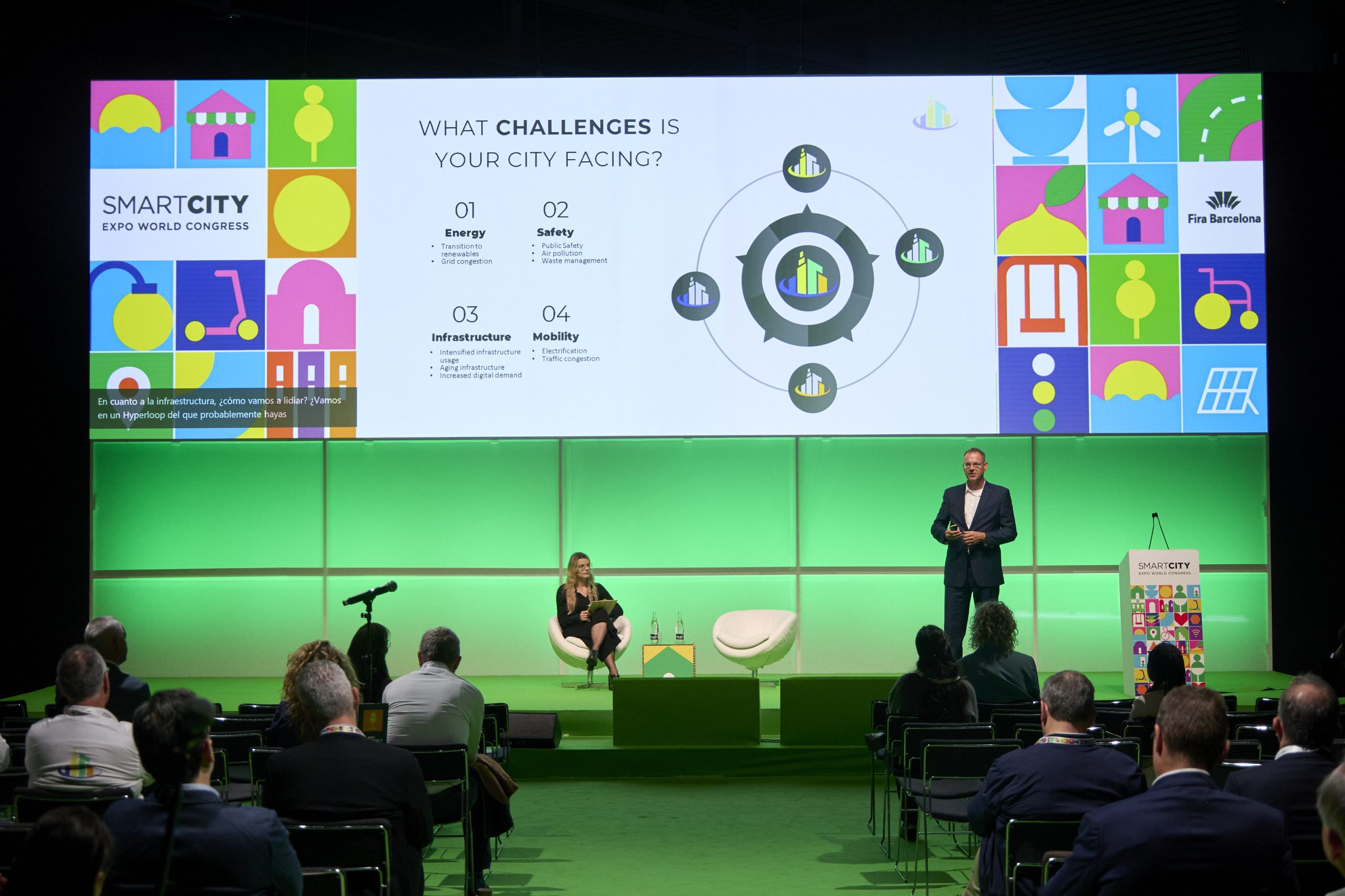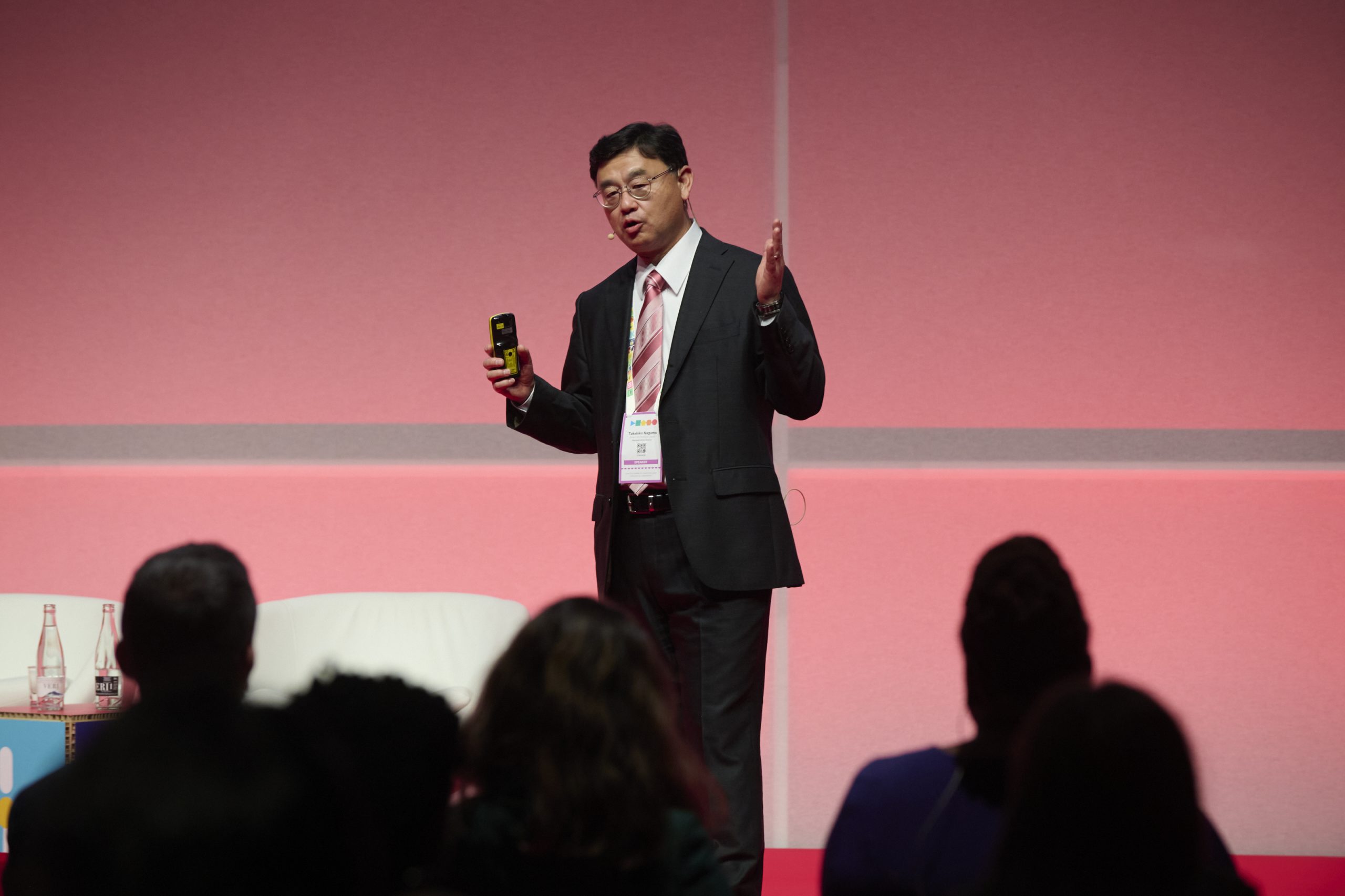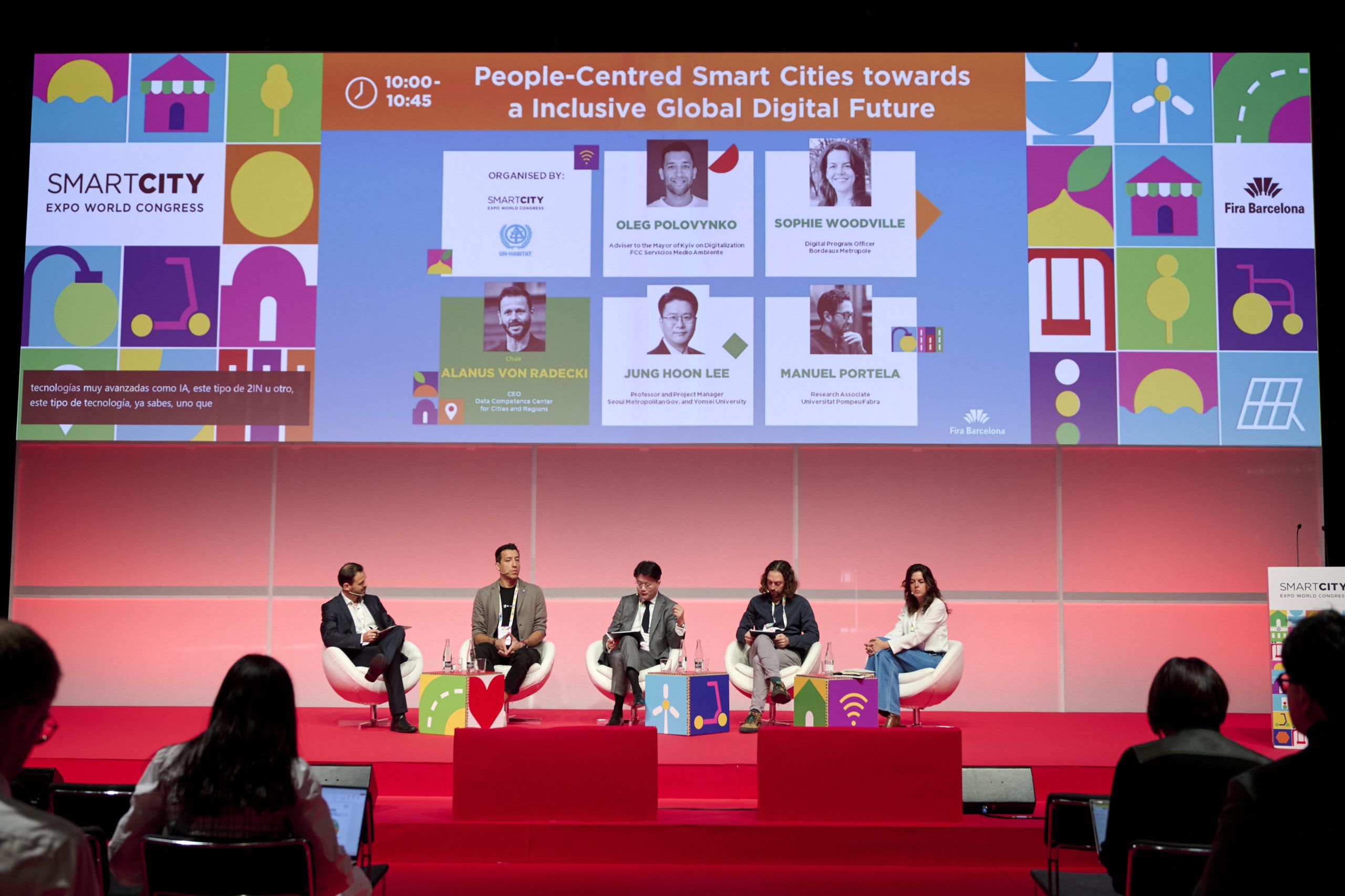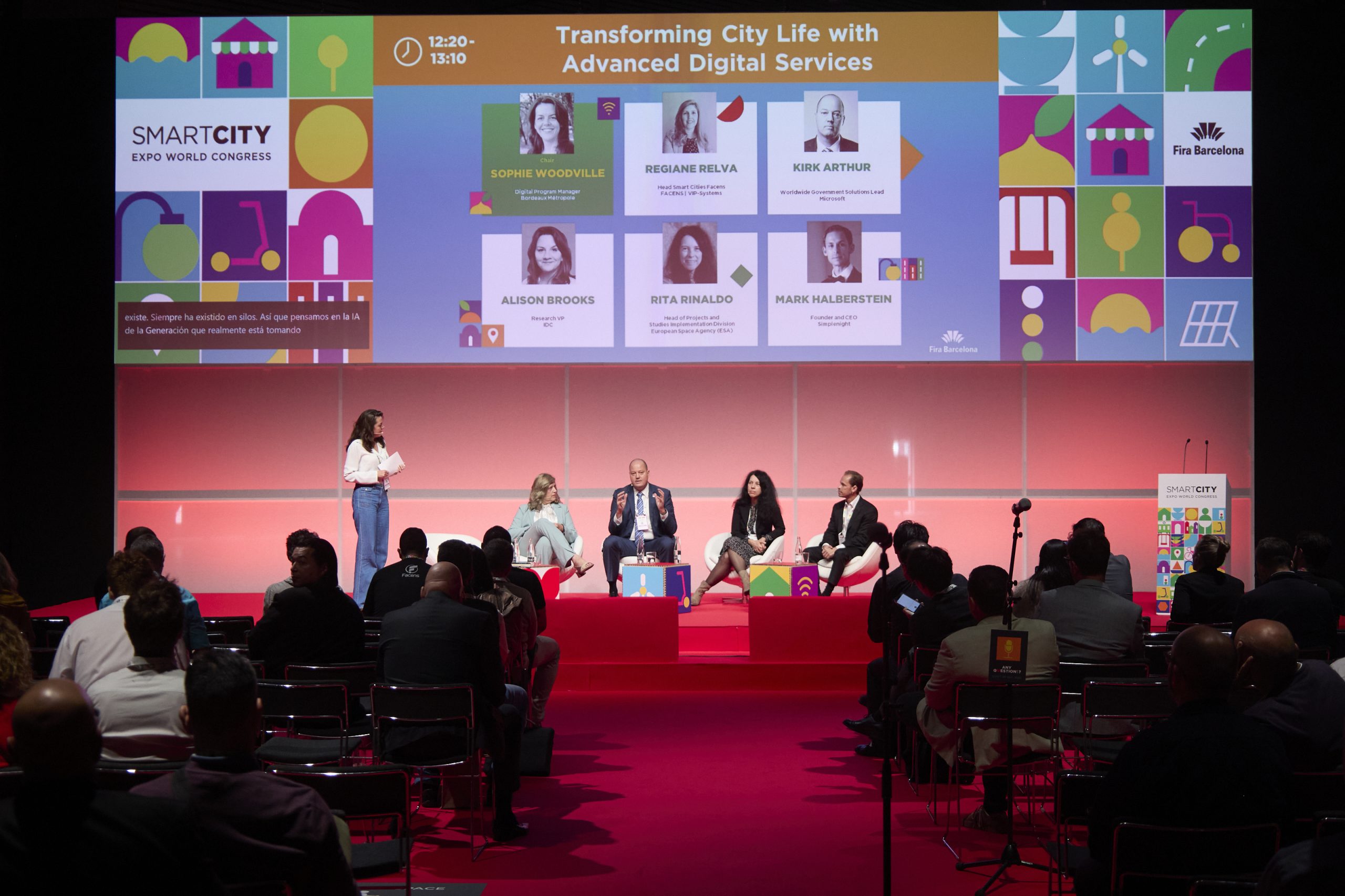Author | Lucía Burbano
South Korea is now employing drones to transport essential supplies to its most remote areas, showcasing the nation’s strong commitment to unmanned aerial vehicles. This initiative not only addresses logistical challenges but also aligns with South Korea’s strategic goal of becoming a global leader in drone technology and innovation.
The drone industry in South Korea
In a fierce competition with China, South Korea is determined to establish itself as a global powerhouse in drone manufacturing, both for domestic use and for export to other countries. According to data from the Ministry of Land, Infrastructure, and Transport, and the Korea Institute of Aviation Safety Technology, South Korean drone exports reached KRW 14.4 billion in 2023. The primary export destinations included the United States, Canada, Japan, the United Kingdom, and France.
The Ministry of Land, Infrastructure, and Transport is a key promoter of this initiative, with an investment plan of KRW 170 billion spanning from 2019 to 2026. This plan is designed to accelerate the development of national technologies that will propel the advancement of unmanned aerial vehicles.
But, what are drones used for in South Korea?
- To conduct topographical surveys and map its territory
- Military Use: Due to ongoing tensions with neighboring North Korea and China, South Korea utilizes drones for surveillance and reconnaissance operations
- eCommerce and courier services
- Farming: To monitor and analyze soil quality
In terms of innovation, South Korea is home to numerous companies specializing in drone manufacturing. Notably, Doosan Mobility Innovation, has developed hydrogen fuel cell-powered drones that can stay airborne for around two hours—four times longer than typical flight durations with conventional batteries.
Another notable example is SAFEUS DRONE, which has engineered drones specifically designed to access difficult-to-reach locations. These drones utilize artificial intelligence solutions and a high-speed, high-capacity image processing system to efficiently control and navigate their flights with precision.
Reaching places where no one else can

In a country with approximately 3,000 islands, accelerating and ensuring a consistent supply of essential goods to areas distant from the Korean peninsula was a crucial and overdue task.
The company that accomplished this was PABLO AIR in 2019, when it successfully completed a long-distance drone delivery from the port of Seogwipo on Jeju Island to the port of Cheonjin on Udo Island. The distance was 57.5 km, and this unmanned aerial vehicle completed the journey in under two hours.
Four years later, the Korean government launched a drone delivery service called K-Drone, designed to ensure the delivery of food, essential items, and first aid supplies to residents of 32 island districts and 17 regional parks.
These drones can carry up to 3 kilograms and also allow residents to send deliveries to local distribution centers within the K-Drone network. Each of these centers is also equipped with defibrillators and first aid kits to ensure rapid response in medical emergencies.
In future development phases, the range of delivery items will expand, with major companies like Samsung Electronics utilizing drones to deliver products such as mobile phones and water purifiers.
The ministry has partnered with organizations such as the Korea Institute of Aviation Safety Technology, the Korea Transportation Safety Authority, Korea Aerospace University, and Sejong Cyber University to develop safety management systems for drone operations. This collaboration includes granting special flight authorizations and overseeing the installation and inspection of delivery and control centers by local governments.
Photographs | Unsplash/Karl Greif, MOLIT/K-Drone






















































